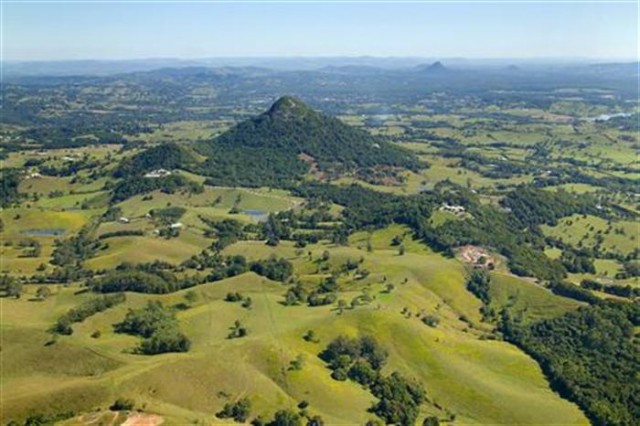hinterland
FROM THE GERMAN umland, a hinterland is inland territory behind and bordering a town on a coast or river, or the backcountry extending from an inland town. In both cases, the hinterland generally falls under the legal and economic jurisdiction of the same state to which the city belongs. The hinterland supplies a city with food, fuel, raw materials and, in the modern period, labor. It also serves as a market for its manufactured goods and services. The flow of goods and services between the hinterland and city is facilitated by a communication infrastructure of roads, canals, and bridges.
The development of the hinterland is connected with the rise of cities, appearing first with ancient Mesopotamian ceremonial and administrative centers, whose population specialized in the maintenance of ritual, on the one hand, and trade or redistribution, on the other hand. Because the center's population was occupied primarily with non-food producing activities, it depended entirely for its food and fuel on its agricultural hinterland. The size and prosperity of a ceremonial and administrative city, therefore, depended on the agricultural productivity of its countryside, and tributary relationships were developed to control its resources.

A city that also engaged in long-distance trade, such as the polis of classical Greece (5th to 4th centuries B.C.E.), was less dependent on its hinterland if food could be obtained from farther afield. With expanding trade and a rise in population, the polis outstripped its hinterland's capacity for food production. The hinterland of classical Athens, Attica, was suited to the cultivation of olives and grapes, used in the production of olive oil and wine, which then were exchanged for grain from the Greek BLACK SEA colonies. Similarly, Quanzhou, a metropolitan port city in Southeast CHINA's Quannan region, served as one of the main trading centers in the South China Sea and Southeast Asia from 1000 to 1400. With Quanzhou's rapid expansion in the 11th and 12th centuries, its agriculturally weak backcountry, the Fujian hinterland, made the transition from food cultivation to that of cash crops such as lichee, sugarcane, and cotton and the manufacture of ceramics and metal products.
This commoditized city-hinterland relationship therefore served to include Greek and Chinese farmers on marginal arable lands in the international market. Additionally, premodern trading centers that lacked seven agriculturally poor hinterlands, such as Timbuktu in West Africa or many of the early medieval coastal trading sites in northern Europe, either declined or were abandoned altogether when trade routes shifted away from these centers.
Even an agriculturally rich hinterland benefited from its relationship with the city. For example, the introduction of more animals to provision estates and pull the recently invented carriages of the elite in 17thand 18th-century PARIS meant that more fodder had to be brought to the city. Hinterland peasants responded by planting fields with more oats and meadows with forage crops, delivering these products to the city and carting away the manure from urban stalls, which they would use in turn to fertilize nitrogen-poor fields. Paris basin hinterland farmers thus took advantage of the opportunities offered by economic changes in their core region and thus generally fared better than the outland French peasantry.
MODERN ADAPTATIONS
In the 19th and 20th centuries, metropolitan hinterlands encountered further adaptations with the growth of long-distance transportation networks, communication, industrialization and banking. As with classical Athens, modern LONDON's south English hinterland is poorly equipped to feed the metropolis, but as a major financial center, London is able to import its food from distant mainland markets. Like Attica, London's lowland backcountry takes part in the long-distance market, using the revenues from its industries to purchase imports.
Third-world hinterlands, in contrast, suffer from slow technological development and poverty, resulting in the migration of the hinterland population to metropolises such as KOLKATA (CALCUTTA), which cannot support such a large population. A final example of a metropolitan hinterland is designated by the U.S. Census Bureau's term the Metropolitan Statistical Area (MSA), comprising three zones: the city, bounded by its corporate limits; an urbanized area contiguous to the city; and a nonurbanized area economically connected to the metropolis.